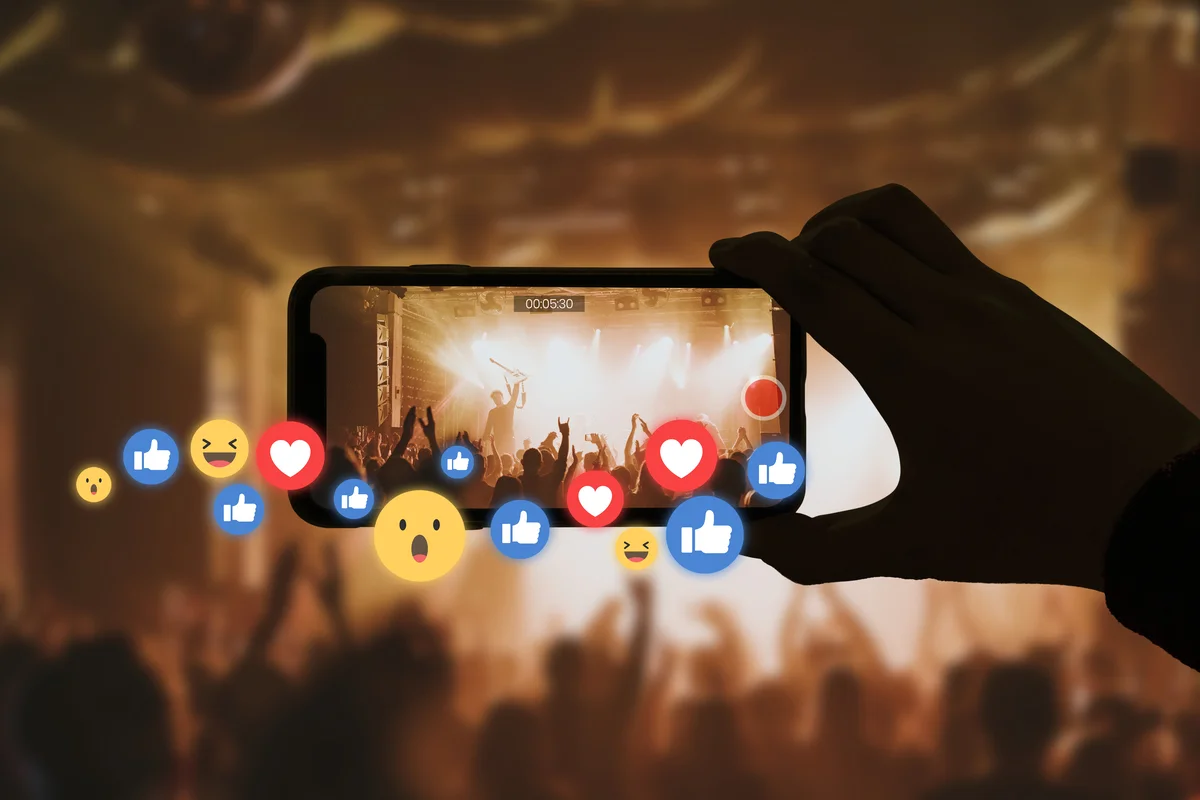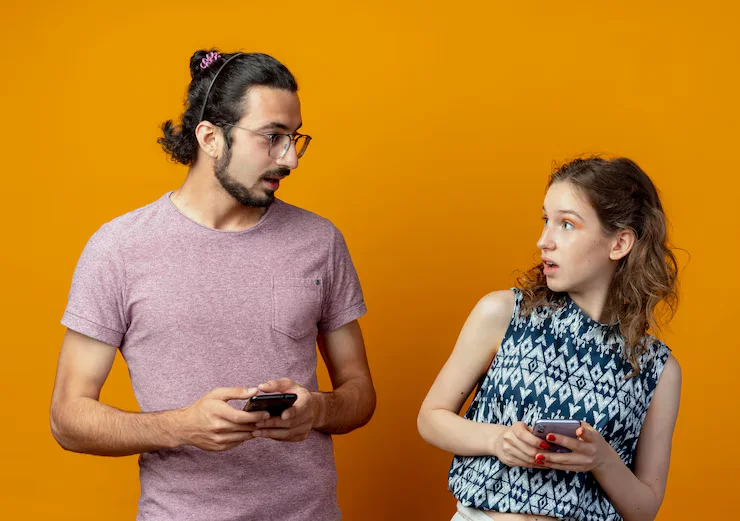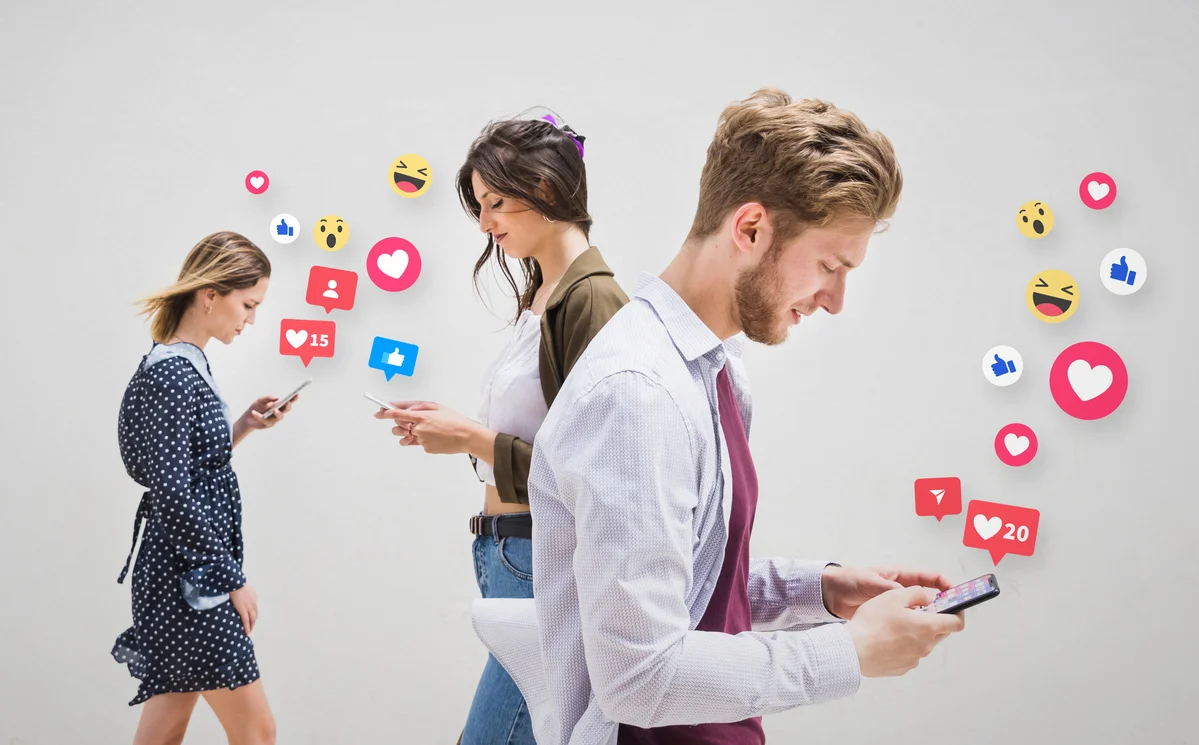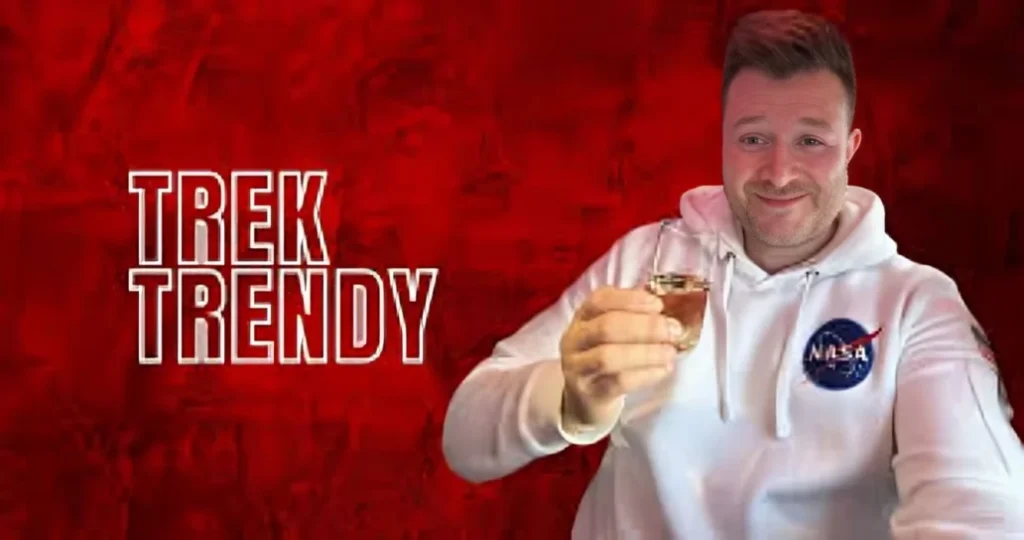Over the past two decades, media consumption has undergone a drastic shift. Social Media vs Traditional Media has become a key comparison point as social media has revolutionized how people access, interact with, and distribute information, while traditional media continues to play a foundational role in news and entertainment.
Understanding the evolution from newspapers and television to platforms like Instagram, Twitter, and YouTube helps decode the growing influence of media on public behaviour, communication, and even democracy.
This comparison explores both types of media across various aspects to illustrate their similarities, differences, and societal impacts.
Reach and Accessibility
One of the defining characteristics of social media is its vast and borderless reach. Platforms like Facebook, TikTok, and X (formerly Twitter) allow anyone with internet access to communicate globally. This democratized reach surpasses the limited geographical influence of traditional media such as newspapers or local television stations.
Social media is also easily accessible across smartphones, tablets, and computers, enhancing flexibility in media consumption. In contrast, traditional media relies heavily on physical distribution or scheduled programming, limiting its immediacy and adaptability.
Speed and Information Flow

The speed at which information travels plays a crucial role in how audiences perceive, process, and react to news. Over the past two decades, social media has significantly altered the pace of communication. It delivers real-time updates to global audiences, while traditional media follow a more structured, slower news cycle.
Understanding the difference between Social Media vs Traditional Media helps us evaluate how each medium shapes public knowledge and reaction.
One of the most significant advantages of social media is its immediacy. News breaks on platforms like Twitter or Instagram often before it even reaches television or newspapers. Meanwhile, traditional media relies on editing, scheduling, and professional curation, offering depth but not necessarily speed.
Real-Time Updates on Social Media

Social media thrives on immediacy. Platforms allow users to instantly post updates, live stream events, and share developments as they happen. This speed transforms how we consume breaking news and urgent information.
- Twitter often serves as the first source for updates on natural disasters, accidents, or celebrity news.
- Facebook Live and Instagram Stories offer real-time visuals directly from the ground.
- Hashtags make trending events visible within seconds across global feeds.
News Cycles in Traditional Media
Traditional media operates within a scheduled structure. Whether it’s a nightly news broadcast or the next morning’s newspaper, content is released in intervals. This system, although slower, ensures more rigorous fact-checking and professional oversight.
- TV networks schedule daily or weekly news segments.
- Newspapers follow editorial deadlines before publication.
- Radio programs air news bulletins at fixed times.
Impact on Breaking News Coverage
When it comes to breaking news, social media often beats traditional media in speed, but not always in accuracy. The race to be first can sometimes lead to misinformation. On the other hand, traditional media provides more reliable, though delayed, reporting with clearer sources and accountability.
While both platforms serve the same goal to inform the public, they do so at very different paces. Social media maximizes reach in seconds, while traditional media builds credibility over time.
Content Creation and User Participation

Social media empowers users to become content creators. From uploading videos on TikTok to sharing blogs on LinkedIn, users actively shape digital narratives. Traditional media, on the other hand, depends on professional journalists, editors, and producers who follow ethical standards and editorial policies.
This difference between Social Media vs Traditional Media has democratised storytelling, making it easier for underrepresented voices to be heard; however, it also presents challenges in terms of quality control.
Interactivity and Engagement
The way audiences interact with content has undergone a dramatic evolution in the digital age. Social media platforms have revolutionized user engagement by making interaction an essential part of the content experience.
In contrast, traditional media offers limited options for user feedback, often restricting the flow of conversation to one direction. This shift has changed not just how we consume information, but also how we respond, share, and build communities around it.
With social media, users no longer just consume content; they shape it. Every like, share, comment, or repost reflects active participation. This engagement creates a two-way communication channel, which was largely absent in traditional media forms like print, television, and radio.
Comment Sections, Likes, and Shares on Social Media
Social platforms thrive on user engagement. Every post, video, or update invites direct feedback through reactions, shares, and discussions. This level of interaction makes users feel involved and heard, encouraging repeat engagement and viral growth.
- Facebook and Instagram enable users to instantly like, comment on, and share content.
- Twitter enables public conversation threads and quote retweets for commentary.
- YouTube’s comment section offers a platform for viewers to react and engage in discussions under each video.
Limited Feedback Options in Traditional Media
Traditional media, by design, is less interactive. Viewers and readers usually consume content passively with minimal or delayed feedback channels. This limits real-time audience response and restricts the development of dynamic content.
- TV viewers cannot respond instantly to live broadcasts.
- Letters to the editor in newspapers take time to process and publish.
- Radio call-ins offer interaction, but are constrained by airtime and format limitations.
Building Communities around Content
Perhaps one of the most transformative impacts of social media is its ability to build digital communities. Through groups, forums, and threads, users connect over shared interests and content, creating networks far beyond their physical reach. Traditional media lacks this community-building layer, functioning more as a content delivery system than an engagement platform.
Social media, by offering interactive tools and feedback mechanisms, turns passive audiences into active participants. This engagement has redefined the media landscape, where community influence, not just corporate control, drives visibility and reach.
Personalization and Targeting
Social media uses algorithms to curate content based on user interests, past behaviour, and demographic data. This hyper-personalized experience increases engagement but may also create echo chambers where users are only exposed to content that reinforces their beliefs.
Traditional media, by contrast, adopts a broad-brush approach, catering to mass audiences without personalization. This can offer balanced content but may feel less relevant to individual viewers.
Cost and Barriers to Entry
Publishing on social media is often free or very low-cost, allowing individuals, small businesses, and grassroots organizations to participate in the media landscape. Traditional media involves high production and distribution expenses, making it accessible primarily to large companies or institutions with funding.
The lower barrier in social media promotes diversity but can lead to saturation and inconsistent quality. In the debate of social media vs traditional media, this ease of entry contrasts sharply with the editorial standards and gatekeeping found in traditional outlets, highlighting both the strengths and weaknesses of each platform.
Credibility and Fact-checking
Traditional media institutions often have rigorous editorial standards, with dedicated fact-checkers and ethical guidelines. This helps maintain credibility and trust. On social media, anyone can publish content, which increases the risk of misinformation and disinformation.
Though platforms have implemented content moderation tools, they struggle to match the accountability systems of traditional outlets. Both media are now increasingly investing in fact-checking, but the levels of enforcement and transparency vary.
Regulation and Content Moderation
As media platforms grow and evolve, the importance of regulation and content moderation has become increasingly critical. Both social media and traditional media face challenges in controlling what content is published, ensuring accuracy, and protecting users from harmful material. However, the approaches they take differ significantly due to their formats, scale, and levels of audience participation.
Social media, with its massive volume of user-generated content, necessitates constant and dynamic moderation to prevent the spread of misinformation, hate speech, and inappropriate posts. In contrast, traditional media operate within stricter regulatory frameworks, with professional editorial oversight before content reaches the public.
Self-Regulation and Platform Policies on Social Media
Social media companies primarily rely on self-regulation through community guidelines and automated systems to manage content. They use algorithms and human moderators to review reported content, but the sheer volume often makes enforcement inconsistent.
- Platforms like Facebook, Twitter, and YouTube have detailed policies against hate speech, harassment, and false information.
- Automated filters flag potentially harmful content for review.
- User reports help identify problematic posts quickly; however, moderation delays and errors can occur.
Government Regulations for Traditional Media
Traditional media is subject to government-imposed regulations and licensing rules that ensure content standards, fairness, and accountability. Regulatory bodies often require broadcasters and publishers to follow codes of conduct, including fact-checking and ethical journalism practices.
- Governments may impose fines or revoke licenses for violations.
- Editorial teams ensure content complies with legal and ethical standards.
- Oversight agencies monitor political bias, privacy concerns, and public decency.
Revenue Models and Advertising
Advertising is the primary revenue source for both social and traditional media, but their methods differ. Social media relies on targeted, data-driven ads, whereas conventional media utilizes fixed ad formats, such as TV spots and print ads.
Targeted Advertising on Social Media
Social platforms display personalized ads based on a user’s interests, behaviour, and demographics. This helps advertisers reach the right people at the right time with lower costs and better tracking.
Traditional Advertising Methods
Traditional media places ads in newspapers, on the radio, and on television. These ads target broader audiences, are often costly, and offer limited performance data.
Shift in Advertising Spend and Strategies
With better analytics and affordability, social media now accounts for the majority of ad spend. Small brands can run low-budget campaigns, while traditional media still serves large-scale brand awareness needs.
Impact on Attention Spans and Consumption Habits
Social media promotes bite-sized content, such as short videos, memes, and reels that cater to reduced attention spans. Traditional media still values long-form journalism and in-depth reporting. As a result, audiences today often multitask between brief digital snippets and more in-depth reads or documentaries. This shift is reshaping content strategies across both formats.
Influence on Public Opinion and Political Discourse
Social media has become a powerful tool for activism, political movements, and opinion shaping. Hashtags and viral campaigns can quickly bring global awareness to issues.
However, the lack of editorial oversight may contribute to polarization and the spread of extremist views. Traditional media historically set the public agenda through curated reporting, but its influence is now shared with online platforms.
Privacy and Data Collection
User data is central to the functioning of social media. Platforms collect detailed behavioural data to improve user experience and advertising accuracy. Traditional media collect limited data, mainly through subscriptions and ratings.
The ethical concerns surrounding data harvesting on social platforms have sparked debates on user privacy, consent, and data protection laws.
Multimedia Capabilities
Social media integrates text, images, video, livestreams, and interactive features all in one interface. This versatile approach enhances user engagement and information delivery.
Traditional media is often segmented into print, TV, or radio, with limited cross-format capabilities. However, media convergence is occurring as traditional outlets adopt digital formats to stay relevant.
Measurability and Analytics
One of the advantages of social media is its detailed analytics. Creators can track views, likes, shares, and engagement time to optimize content strategy. Traditional media offers limited metrics, such as TV ratings or newspaper circulation, which are less precise and less reliable.
This disparity affects how content is created, marketed, and evaluated across platforms.
Conclusion: Social Media vs Traditional Media
The battle between social and traditional media is not about which is superior, but rather how each adapts to the evolving needs of its audience. While social media offers speed, accessibility, and engagement, traditional media maintains trust through credibility and editorial control.
Social Media vs Traditional Media are both transforming, learning from each other to create a more informed and connected global society.
As consumers, understanding their strengths and weaknesses empowers us to make better media choices and demand higher standards from both.










